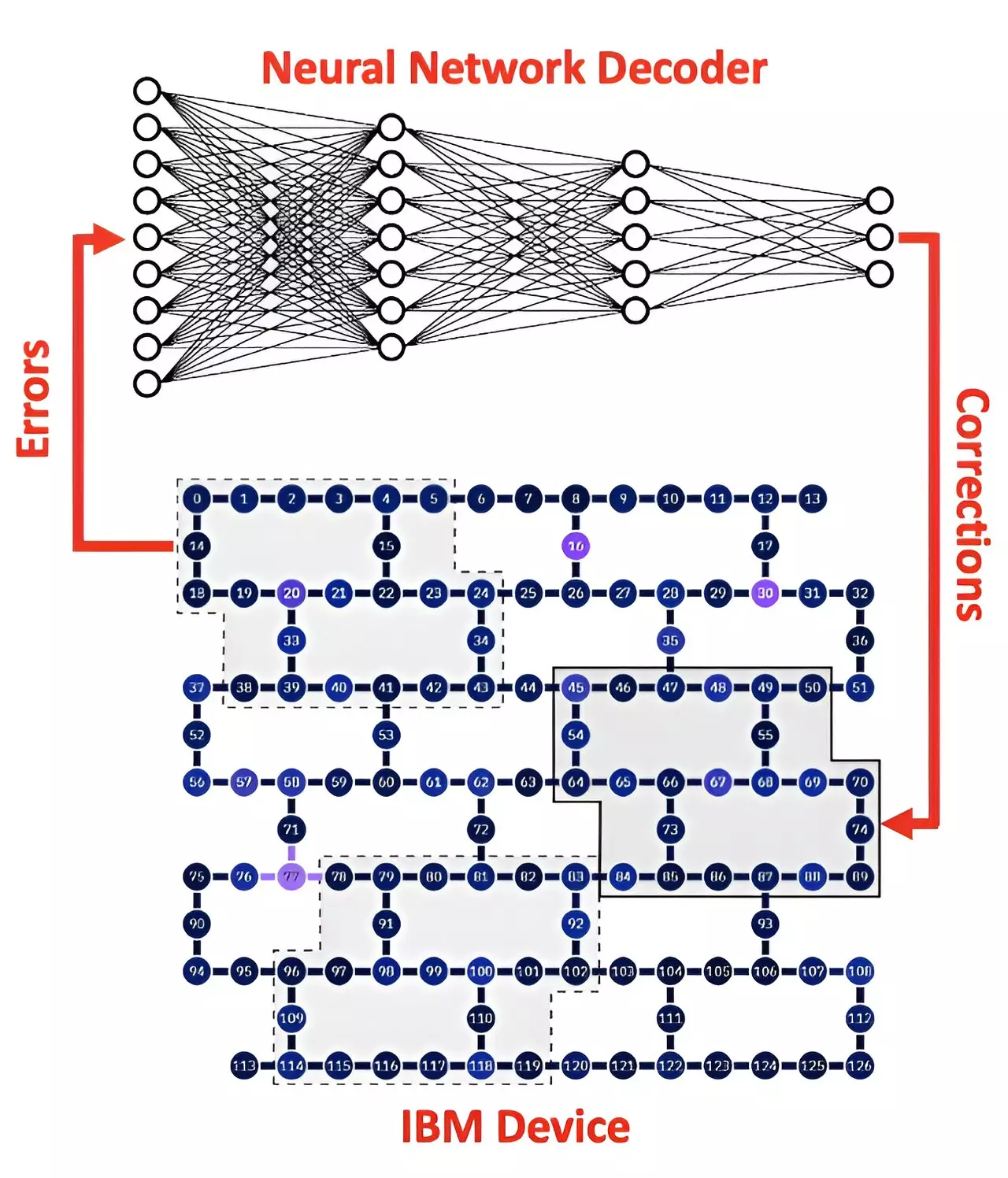Quantum computing represents a paradigm shift in the realm of information processing. By utilizing the principles of quantum mechanics, these futuristic machines promise unparalleled computational capabilities. Unlike classical computers that operate with bits, which can only exist in a state of 0 or 1, quantum computers leverage qubits—units that can represent simultaneous states of both 0 and 1. This unique feature lays the groundwork for solving complex problems that are far beyond the reach of traditional computing. However, as groundbreaking as this technology is, it faces a monumental barrier: quantum noise.
The Challenge of Quantum Noise
Quantum noise, primarily arising from the fragile nature of qubits, represents one of the most significant hurdles in quantum computing development. Errors in quantum states can dramatically impact operations, leading to incorrect results and unreliable computations. This instability is a normal occurrence in quantum mechanics and results in a chaotic environment that classical error correction codes simply cannot handle. Current strategies involve quantum error correction codes designed to manage this noise by redistributing logical information across multiple qubits. However, these methods often fall short due to the overwhelming complexity involved in real-world quantum hardware operations.
AI: A Beacon of Hope
Recent research conducted by Australia’s national science agency, CSIRO, shines a hopeful light on overcoming these obstacles through artificial intelligence. According to their findings, the application of AI, specifically through the development of a neural network-based syndrome decoder, can efficiently address and correct quantum errors—a radical step forward in practical quantum computing. This discovery highlights the remarkable synergy between AI and quantum technologies, demonstrating that machine learning algorithms can detect errors and propose corrective actions in real time.
Dr. Muhammad Usman, a leading scientist on the project, emphasized the groundbreaking potential of their work. For the first time, the use of AI allows for direct processing of error information obtained from IBM’s quantum devices. This innovative approach could revolutionize how we think about quantum error correction. By implementing neural networks to decode error signals, CSIRO’s research promises to enhance the robustness and functionality of quantum systems.
Quantum Error Correction in Action
Quantum error correction codes operate by measuring stabilizers within a grid of qubits, generating what’s known as syndrome information. Efficiently processing this syndrome data has been historically challenging, often involving significant computational overhead. This is where the neural network decoder truly shines. By streamlining the syndromic decoding process, the AI model can significantly improve the efficiency with which errors are managed in quantum systems.
In experimental benchmarks, the AI decoder showcased its ability to handle complex error scenarios directly from real quantum hardware. The implications of this are profound: as quantum devices evolve and physical error rates decrease, the potential for AI to enable consistent error suppression increases. With the prospect of achieving full fault tolerance in quantum operations, this intersection of AI and quantum computing could herald a new era of technological advancement.
A Vision for the Future
The marriage of AI with quantum technologies is not just about overcoming current limitations; it’s about reshaping our future. As quantum computing becomes more feasible, a host of applications emerges—from cryptographic breakthroughs to solving intricate logistical problems that could enhance industries across the globe. Imagine a world where quantum computers tackle climate modeling, financial forecasting, and healthcare diagnostics with speed and accuracy unprecedented in our current computational frameworks.
Despite the ongoing challenges, this research from CSIRO signifies an important milestone. It transforms the narrative surrounding quantum noise from a roadblock into an opportunity, demonstrating that through innovative thinking and the application of cutting-edge technologies like AI, we can unlock capabilities previously thought to be unattainable. As advancements in both fields continue, we stand on the brink of a quantum renaissance where the possibilities for innovation are limitless.


Leave a Reply